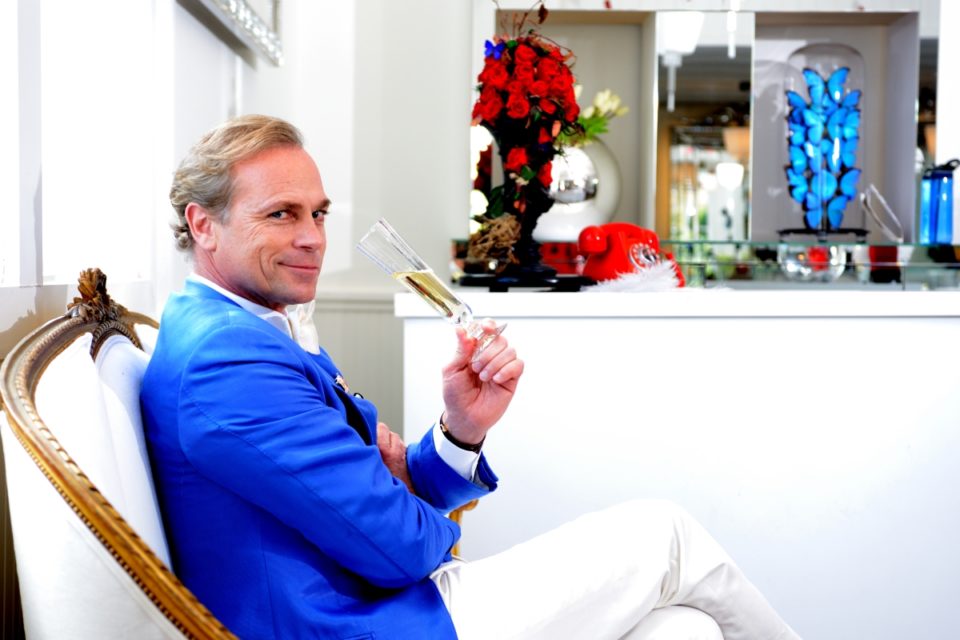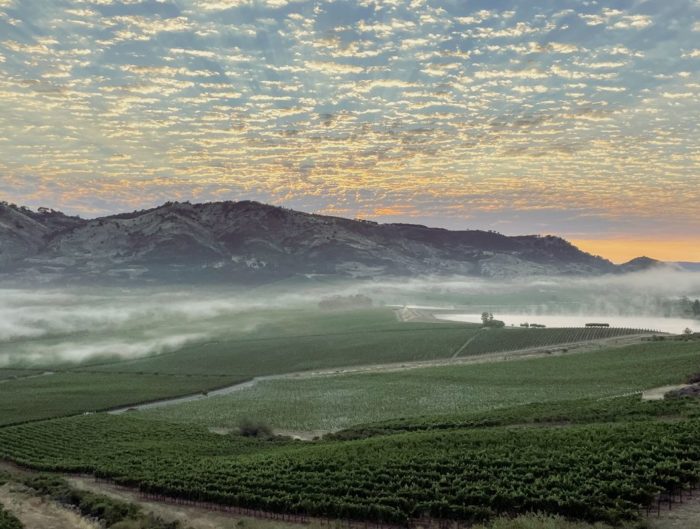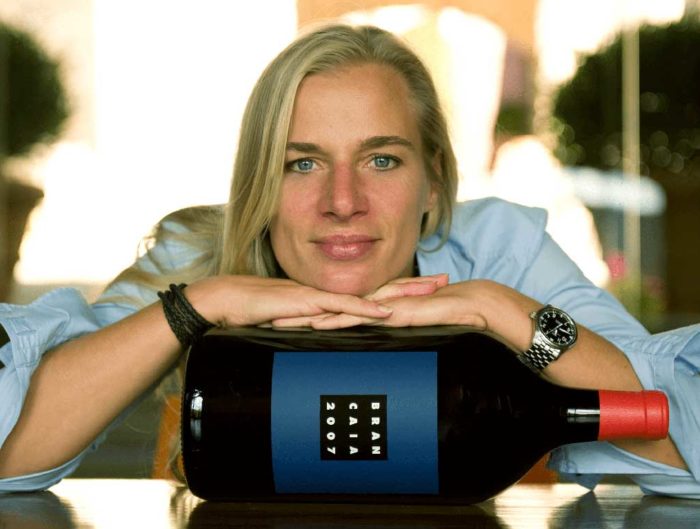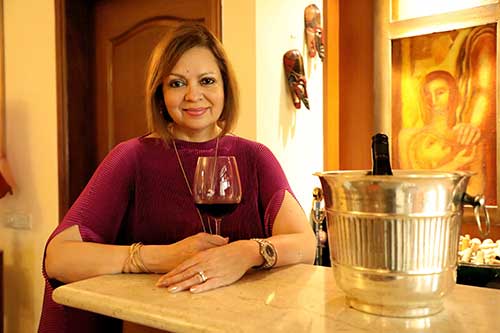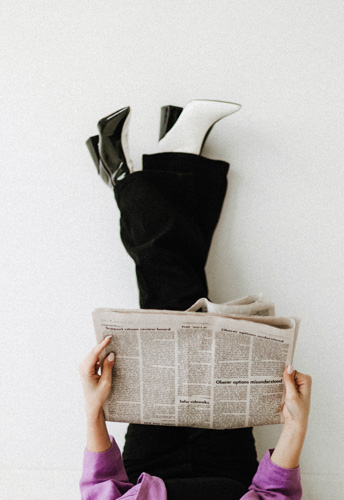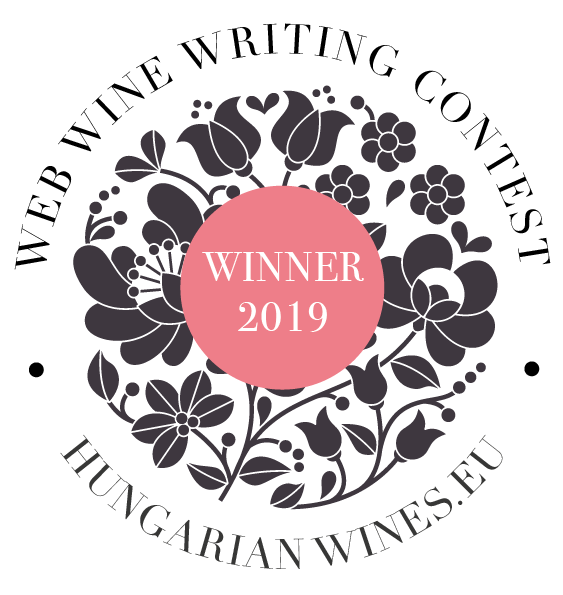Part 1: “India needs to be known for luxury and style”
Boisset answers questions on his newest, most shiny expensive wine venture with India’s Fratelli, with passion and a dash of his inimitable flamboyance and finesse.
Jean-Charles Boisset or JCB to the wine world, is the scion of Burgundy’s biggest producer with some of the most out-there early wine innovations (the French Rabbit tetrapak, the ‘Cooldot’, and aluminium and PET-bottled wines) and a wine empire of 24 wineries that currently sweeps from Burgundy to Canada and Napa Valley, USA. What’s particularly riveting about him is his unbounded energy, laser-beam biz focus, and consummate market savviness. It doesn’t hurt that he is always dressed to kill à la James Bond, and makes for great copy – a journalist’s dream. Not from him will you get the ho-hum or the pedestrian quote. His passion for his world of wine and excitement at playing a starring role in a new wine venture in India are very contagious. I quizzed him on his latest J’NOON or ‘obsession’ (never a more apt name!) with Fratelli Wines, one of the top wine brands in India and his role in launching a trio of high-profile, expensive wines in India.
Read on…
Jean-Charles, it was a pleasure meeting you in Delhi and hearing about your collaboration on the launch of J’NOON. During the Delhi launch, you touched briefly upon the way in which this spontaneous winemaking collaboration with Fratelli happened. Would you explain a little more once again for the readers?
During my first trip to India last year, I toured Fratelli’s vineyards, fell in love with them and then all night we blended in the winery, in between eating Indian food… we played, had a lot of fun and fell in love with our creations… We then presented them to a few friends and they loved it and so we said, ‘Let’s do it!’”
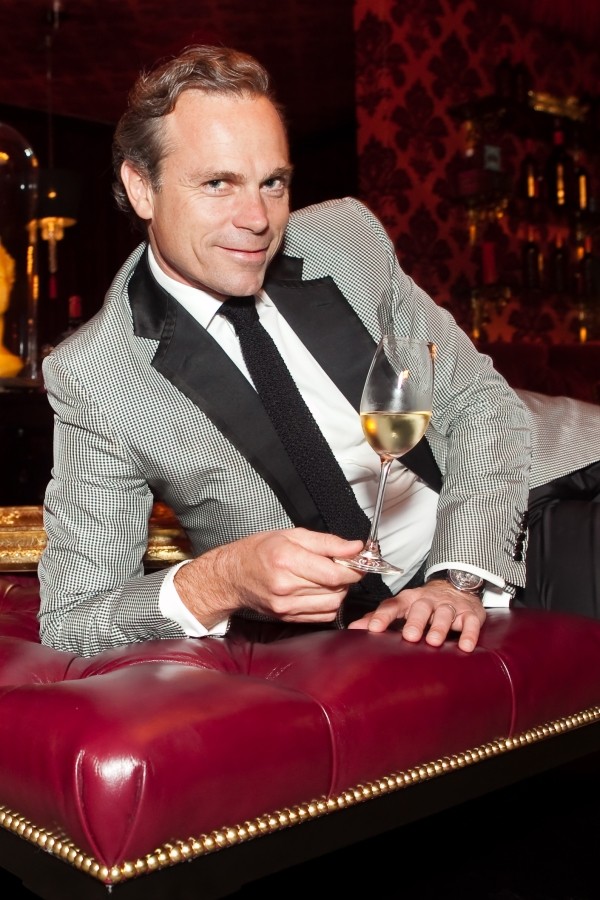
Jean-Charles Boisset lounges in the Raymond Red Room. Pic: Moanalani Jeffrey. Main pic: Lowell Downey
The J’NOON red has become India’s most expensive wine, and the sparkling wine JCB No. 47 and the white aren’t far behind. In a nascent wine market like India, is this a particular strategy to go top-end? Would you explain?
We feel it is critical to create an example of a very unique, high-profile, exquisite, high-end wine from India. We feel India needs to be known for luxury and for great style. It is already known for a great flavour profile, but it needs to be known for a great flavour profile for the noblest agricultural product, which is grapes! We feel we were able to make a stunning wine and that the price reflects the quality we were able to put out.
A little bit about the selection of grapes for the wines, please. I’m particularly intrigued by the white blend – Chardonnay and Sauvignon Blanc. Why did you pick this blend in Chenin Blanc-driven India? Would you also compare the Chardonnay grapes grown in Akluj with Burgundian Chardonnay or what’s grown in Napa?
The two areas I love the most in France for white wine are Burgundy and the Loire Valley, known for Chardonnay and Sauvignon Blanc. I never had the opportunity to blend both, but always enjoyed the two separately. We had (in Akluj) beautiful Chardonnay and gorgeous Sauvignon Blanc with great herbaceousness and elegance and style so we thought about blending the richness and depth of where I come from, which is Chardonnay, with the beautiful herbaceousness, crispness and floral characteristics of Sauvignon Blanc that really cuts beautifully through the spice of Indian food. The two together is a magical blend, and magic for the world because it has never been done much around the world except for now in India! I think it could become a signature blend for India for the future I’m very bullish about it and think the two varieties work beautifully together and are quite magical.
We have an incredible soil profile in Akluj that is limestone and has some calcareous character like in Burgundy. The rootstock and the clones actually come from Burgundy… When you barrel ferment a Chardonnay it becomes magical over there. I was very excited because all the Indian white wines are Chenin Blanc or Sauvignon Blanc and nobody does Chardonnay. In Akluj it does very well because of the terroir – the climate is very appropriate, the plant is great and the soil is the one we need. From there it is quite easy to vinify it; I’m very bullish about it and feel it could be a point of differentiation.
The best wine in the world for me has always been Chardonnay – I’m in love with it, passionate about it, feel it is the king and the queen combined! By using it as the base I feel it is a magnificent and cosmic foundation to the coronation of the crown chakra; I think it is the third eye, the vision of India. It is very aristocratic and extremely status oriented. I’m very glad the foundation is rich, round and powerful and then the notes of the Sauvignon Blanc bring everything we need for magnificent food pairings.
The oak was quite distinct in all three – a very definite style statement. Why did you choose oak rather than the popular fruit-driven style which seems popular currently?
We’re trying to make a vin de garbe, a wine you want to keep. We’re trying to achieve a wine that becomes a statement for the country, a national anthem in your glass, the absolute alchemy of the senses, a statement wine. For that, you need a very powerful tannic structure to last. We believe it is very important that these wines become the identity of what India is about. It is a triptych – the bubbles have biscuit, brioche, and toastiness; the Chardonnay has a foundation that is very rich, intense and very Côte de Beaune-like with a fabulous sense of Sauvignon Blanc; then finally the red has a Cabernet Sauvignon base has lovely tannins that are fruit forward now and very prominent, but soon will become deeper, richer and very balanced.
What about the quantities made – 2400 of each, and 7200 in all. Will this be just for starters, or will the number of bottles vary according to vintage, or maybe marketing decisions?
We want more people to be able to enjoy the wines over time, not just a happy few and know we are going to generate a significant interest so want to make sure that people get to try it. So we’ve planned for growth but want to have a very controlled growth, meticulous growth and want quality and quality proportionate to growth.
Look out for Part 2 of the interview with Jean-Charles Boisset and his J’NOON, where he speaks on winemaking, marketing, his Fratelli relationship and his love for India.
Soon to be posted.

